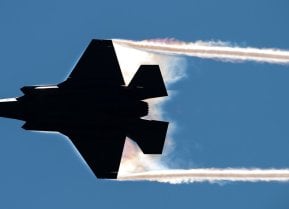The A-10 Warthog Retirement Is a Nightmare for the U.S. Military
The fight to save the A-10 has never been about the airplane. It has always been about saving the capability and the institutional knowledge of the attack pilot community.
Summary and Key Points: The U.S. Air Force is retiring the A-10 "Warthog," a dedicated close air support aircraft beloved by ground troops for its effectiveness in combat.
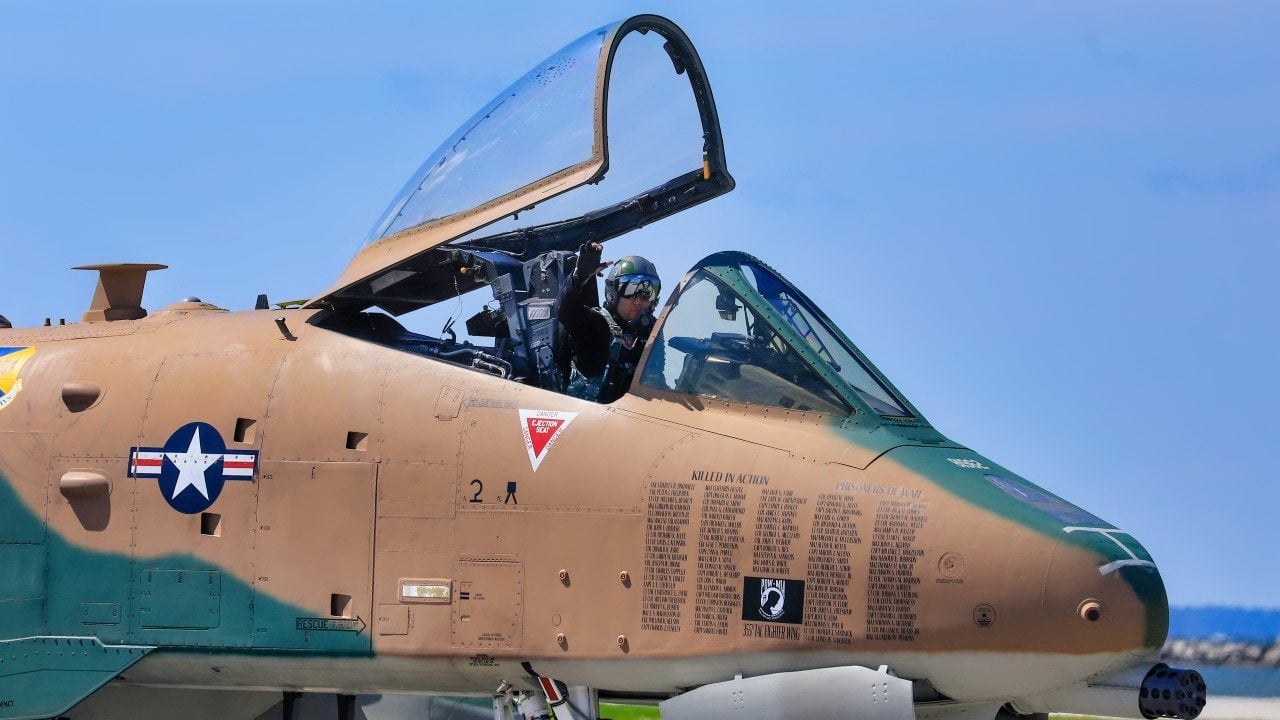
-Despite its proven track record in conflicts like the Gulf War, Iraq, and Afghanistan, the A-10 is being phased out, with 42 aircraft set to retire this year and the remaining 260 in the coming years.
-This move reflects the Air Force's shift away from close air support missions, despite concerns that replacements like the F-35 lack the same capabilities and training. The loss of the A-10 and its specialized pilot culture poses a risk to future ground troops who rely on effective air support.
End of an Era: U.S. Air Force Retires A-10 'Warthog'
The Air Force brass has finally achieved one of their highest ambitions: They have successfully begun to weasel their way out of a mission they have traditionally considered a distraction, namely, providing ground troops with effective close air support.
Recently, the Air Force has transferred two A-10 “Warthogs” out of service and over to the boneyard at Arizona’s Davis-Monthan Air Force Base. They are among the first 42 A-10s to be retired this year, with the remaining 260 aircraft slated to follow over the next few years.
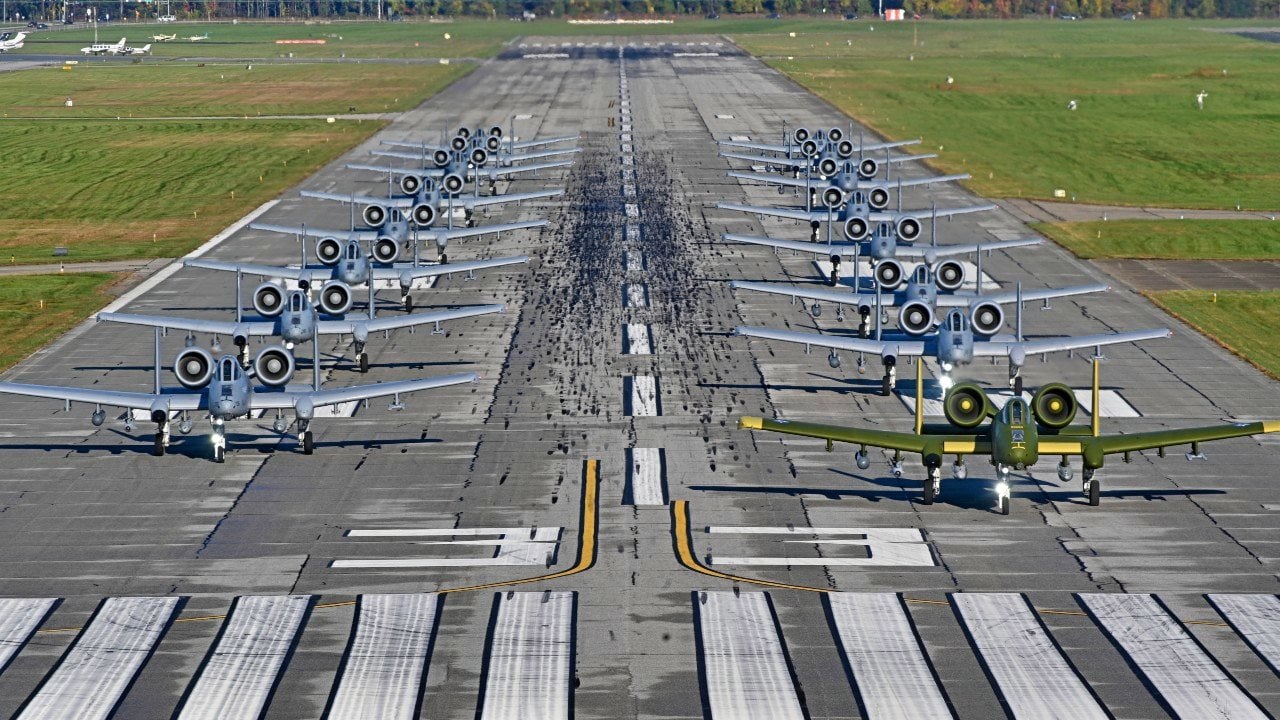
U.S. ground forces depend on U.S. pilots to supply accurate and sustained fires so they can gain a battlefield advantage. Just as importantly, the ground forces frequently depend on those accurate and sustained fires when they’re under enemy attack and need to be rescued.
From The Vault
Did a Russian-Made Missile Hit an F-35?
Russia Has 1 Submarine Called the Black Hole
For troops on the ground, effective close air support can literally mean the difference between life and death.
The A-10 is the only combat-proven attack aircraft, and it’s loved by ground troops for its ability to unleash hell against entrenched enemy positions. Unlike the F-35 — which, despite being sold as a viable replacement to perform the close air support mission, has yet to demonstrate its effectiveness — the A-10 is the only aircraft that was designed from the very beginning for the close air support, airborne forward air control, and combat search and rescue roles. The heavily armed and armored A-10 demonstrated its ability as a “tank-buster” during the 1991 Gulf War and as a highly effective close air support platform during its frequent deployments in the wars in Iraq and Afghanistan. And despite the retirements, A-10s are still being actively deployed today to beef up America’s military presence in the Middle East.

The A-10 is undoubtedly an impressive aircraft, but its real value to the national defense isn’t its impressive cannon, triple redundant systems, or the “titanium bathtub” surrounding the cockpit to keep the pilot safe from intense ground fire. Rather, it is the specialized A-10 pilots, who have developed and nurtured the attack pilot culture, who have proven to be the key to the program’s success. The introduction of the A-10 into the Air Force created an enduring community of pilots dedicated to supporting ground troops. Nothing like that existed in the Air Force before. It is that culture and that institutional knowledge which will quickly vanish as the retired A-10s molder under the desert sun in the coming years.
It does not take long for a capability like close air support to vanish.
During World War II, the Army Air Forces developed highly effective coordination measures to work with their ground counterparts, many of which are still used today. Immediately after the war, however, the newly established United States Air Force scrapped almost all its tactical aviation units in favor of prioritizing a strategic bombing doctrine. When the Korean War began less than five years later, Air Force close air support was virtually non-existent when it was most needed. This was especially true during the first few months of that war, when the North Koreans very nearly pushed the defending South Korean and American forces into the sea around Pusan. The Army and Marine Corps fighting in Korea for the next three years had to largely rely on Navy flyers for close air support because the Air Force’s big bombers were not up to the task.
Air Force leaders failed to learn their lesson from Korea. Some of them attempted to justify their unpreparedness by making the argument that the Korean War was an anomaly. And so American forces fighting in Vietnam also had to go to war without effective air support.
This never should have happened.
Shortly after the Air Force gained its independence from the Army in 1947, the service chiefs gathered to divide up the roles and missions within the newly created Department of Defense. The resulting Key West Agreement, signed by President Harry Truman, mandated the Air Force provide the Army with “close combat and logistical air support.”
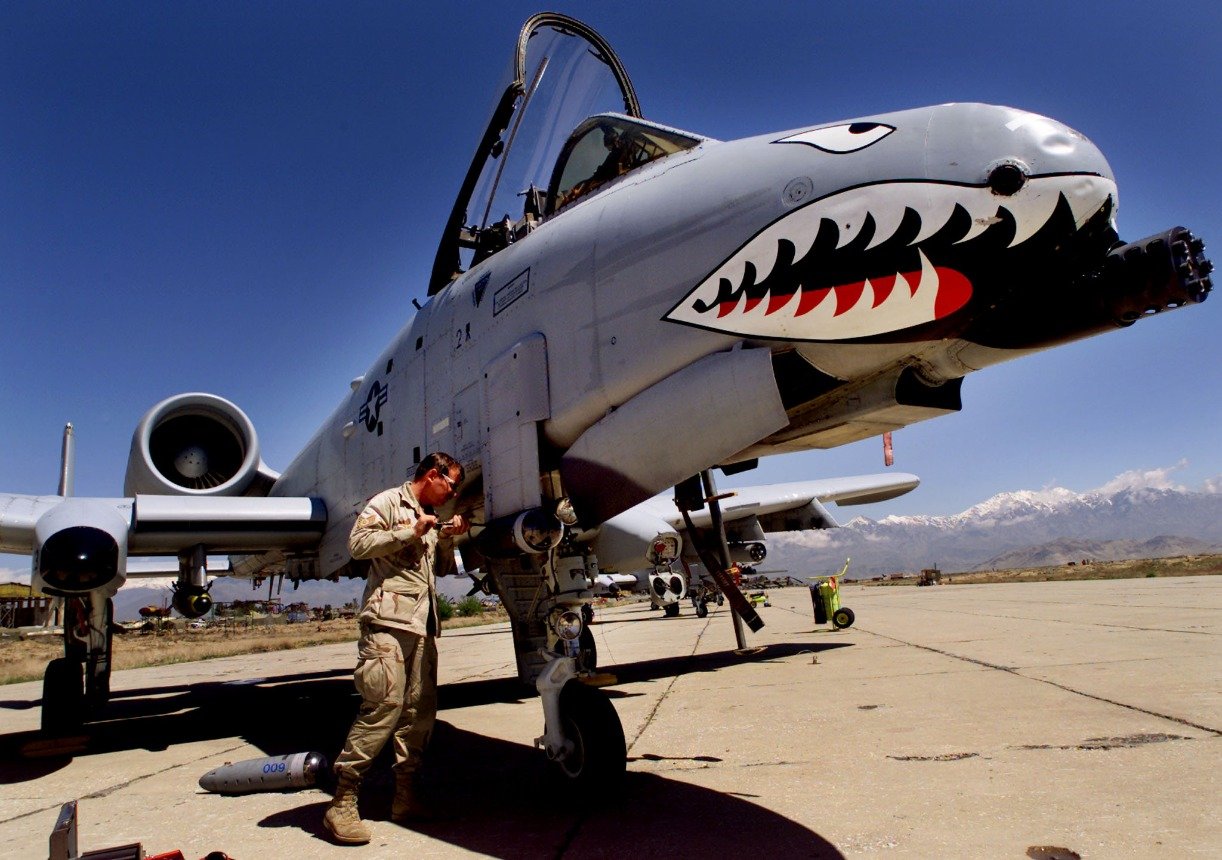
The failure of the Air Force to fulfill its obligations prompted a small group within the Pentagon to take matters into their own hands. Their institutional insurgency clearly worked, because the A-10 entered active service in 1976. Over the nearly 50 years since then, the brave people piloting the A-10 have developed, refined, and passed along the knowledge and expertise necessary to perform the vital missions of close air support, airborne forward air control, and combat search and rescue.
Because of these specialized pilots, the United States Army began the wars in the Persian Gulf in 1991, Afghanistan in 2001, and Iraq in 2003 with effective close air support.
With the move to get rid of the A-10, Air Force leaders are not simply ridding themselves of an aircraft — they are essentially abandoning the close air support mission entirely. The Air Force’s own training documents show that pilots flying other platforms receive very little training for the close air support role. Pilots flying the F-35, the program sold to the American people as the A-10’s replacement, currently have no close air support training requirements whatsoever.
This is a recipe for a future disaster.
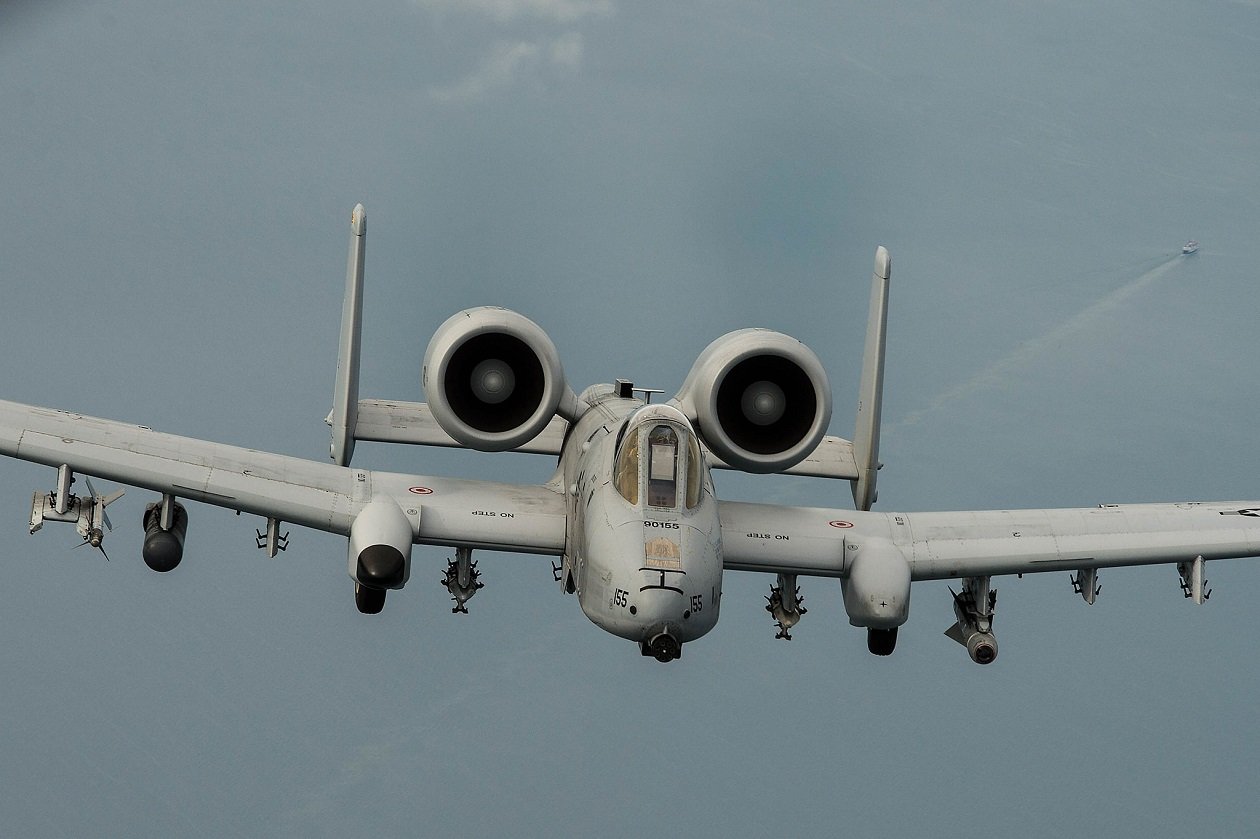
The troops who will fight the next war will not have the critical combined arms advantage provided by the A-10 Warthog and its missions, and many will pay with their lives.
As long as we have young Americans fighting it out on the ground, they will need effective air support. But in a few short years, any American troops fighting on foreign battlefields will be left hoping that the Air Force’s fancy new planes have some ammunition left after conducting a long-range strike far away from their position, or enough fuel to loiter in an area that is seeing a prolonged battle between opposing ground forces.
The people who diligently worked to ditch the A-10 have earned their future scorn in the history books. Mark Welsh, James Post, C.Q. Brown, and many others who sabotaged this critical warfighting capability will be remembered. The Project On Government Oversight and others have long been tracking this concerted campaign by Air Force brass to free themselves of their obligations to our ground forces. But the truth is that no matter how much the United States Air Force may wish it otherwise, no U.S. military campaign in our nation’s history has ever been won through the application of airpower alone. Daily reporting from battlefields around the world continue to prove this reality today, that even in the 21st century, with all the advanced weapons, sensors, and technology, lasting and decisive action still requires the combined application of multiple land, sea, and air forces — not the reliance on one over the others.

It is not too late for Congress to take action.
The fight to save the A-10 has never been about the airplane. It has always been about saving the capability and the institutional knowledge of the attack pilot community. The A-10 fleet is an aging platform. It should have been replaced with an updated version that features many of the A-10s basic design elements. Other than the lack of will, there is no reason the Air Force couldn’t procure a 21st century Warthog-like aircraft capable of rapid sortie generation, protection from ground fire, long loiter time, and plenty of firepower.
Future American warfighters deserve nothing less.
About the Author: Dan Grazier
Dan Grazier is a former Marine Corps captain and expert on military reform. He's written extensively about the A-10 and the Pentagon's failure to acquire a proper replacement.
All images are Creative Commons.
